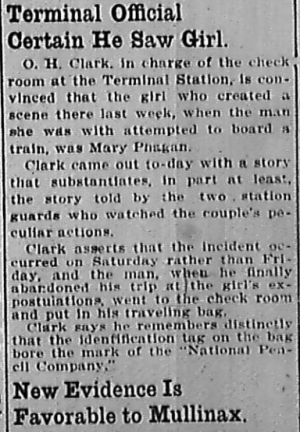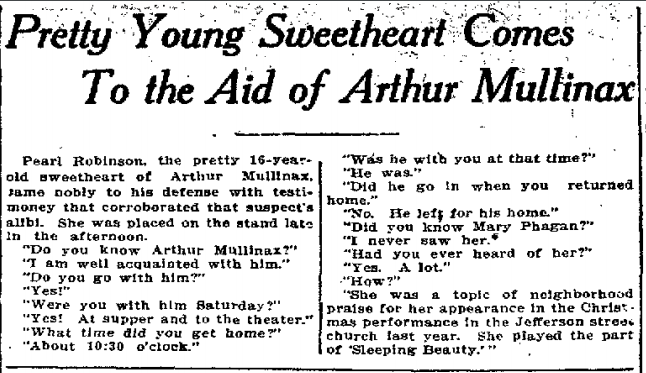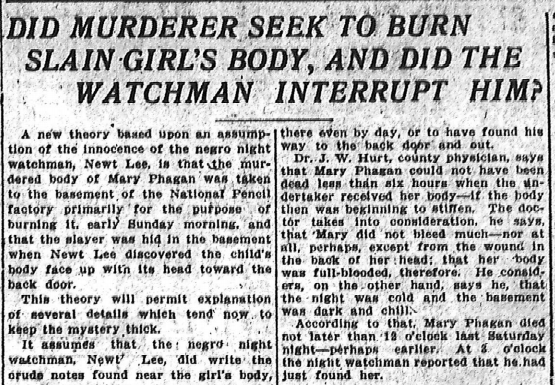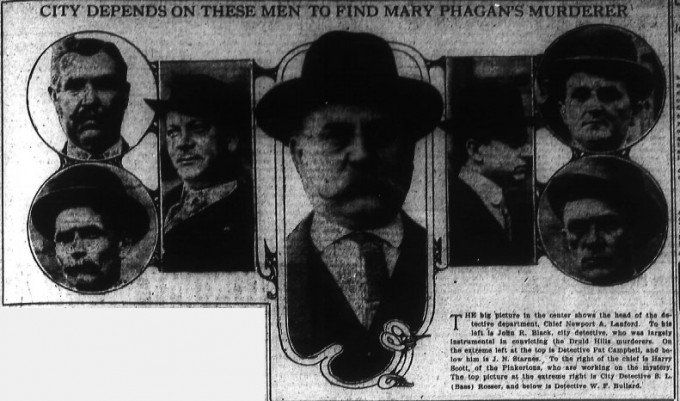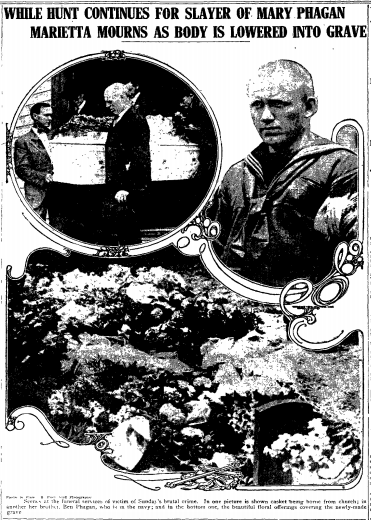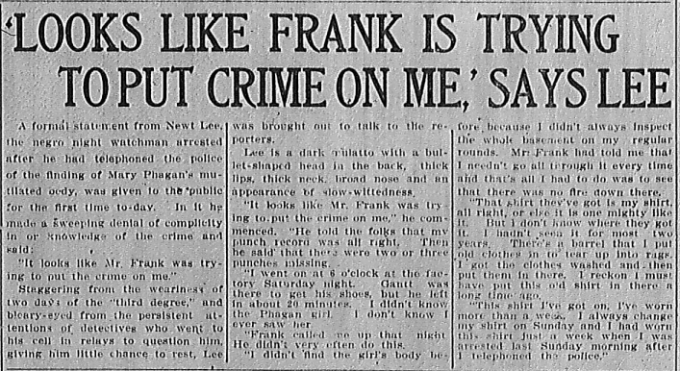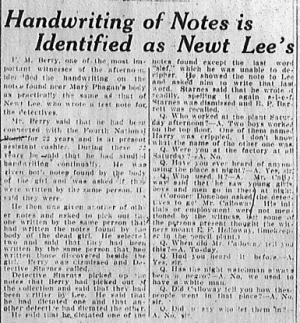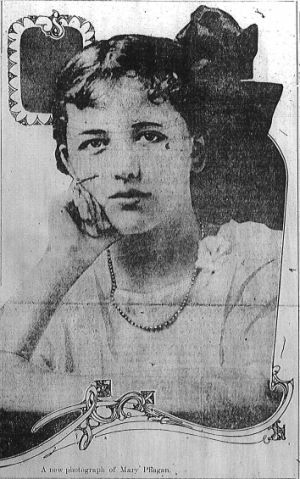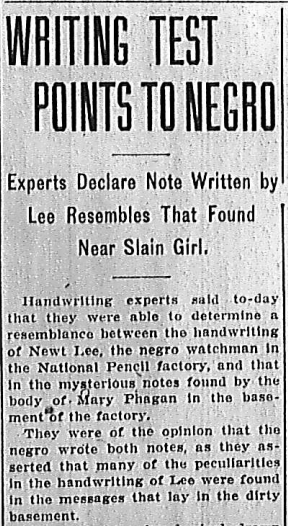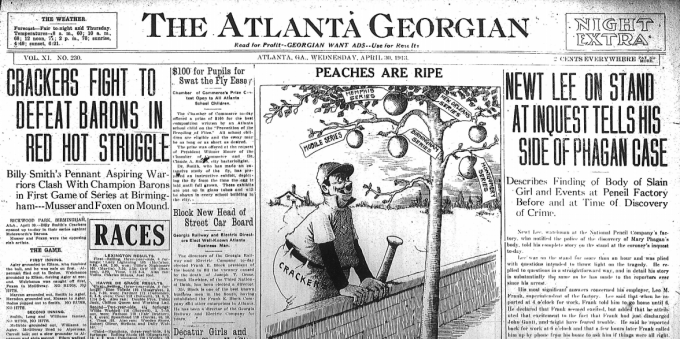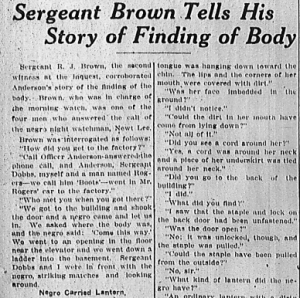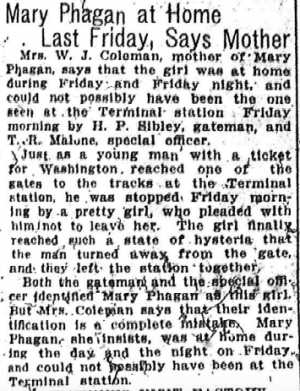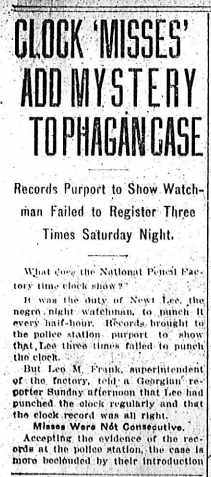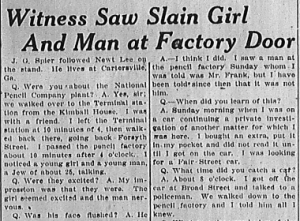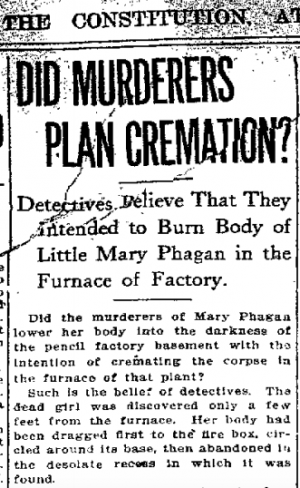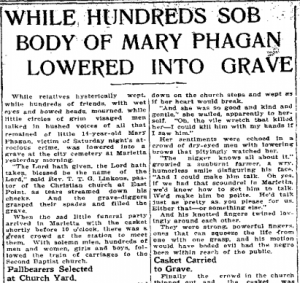 Another in our series of new transcriptions of contemporary articles on the Leo Frank case.
Another in our series of new transcriptions of contemporary articles on the Leo Frank case.
Atlanta Constitution
Thursday, May 1st, 1913
Atlanta’s city council met at 10 o’clock Wednesday morning, adopted a resolution appropriating $1,000 as a reward for information which may lead to the arrest and conviction of the party or parties responsible for the death of Mary Phagan, and immediately afterwards the aldermanic board met and approved the action of council.
The resolution went to Mayor Woodward before noon and he immediately attached his signature to it giving it official approval. The money is now available.
* * *
Atlanta Constitution, May 1st 1913, “City Offers $1,000 Reward for Capture of Phagan Slayers,” Leo Frank case newspaper article series (Original PDF)

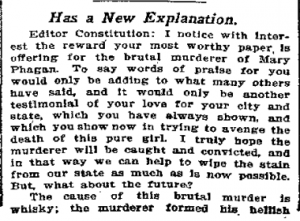
![J. A. White [left and] Harry Denham. The two mechanics who were the last workmen to leave the National Pencil company on Saturday afternoon. Leo M. Frank was in the building when they went out. Photo by Francis B. Price, Staff Photographer.](https://www.leofrank.org/wp-content/uploads/2016/04/Newt-Lee-Tells-His-Story-During-the-Morning-Session-300x414.png)
